The war in Ukraine has caused Russia's budget to shrink rapidly, but the financial buffer it has built up over the past two decades is expected to last for many more years.
According to the Russian Ministry of Finance , as of February 1, the National Wealth Fund (NWF) had 11.922 trillion rubles ($133.5 billion), equivalent to 6.6% of this year's forecast GDP. Compared to early January, the fund has decreased by nearly 43 billion rubles.
The NWF is Russia's reserve fund, which is mainly funded by energy sector revenues. The Russian government uses the money from this fund to cover its budget deficit and support state-owned companies.
The fund's liquid assets now stand at $55 billion, down more than 50% from February 2022, before the war in Ukraine began. Together with about $300 billion in foreign exchange reserves frozen by the West, the figures show that sanctions on Moscow and Russia's military spending are affecting the country's financial strength. "I think there will come a time when Russia will run out of money," said Sofya Donets, chief economist at Renaissance Capital.
Last year, the Russian Finance Ministry spent 3.46 trillion rubles from the NWF to cover the budget deficit. It also withdrew 1 trillion rubles from the fund for other purposes. According to plans, in 2014, the agency will be able to cover the budget deficit of 1.3 trillion rubles and support companies and investment projects with about 900 billion rubles. That is, the NWF's reserves will continue to decline.
"The NWF is Russia's safety net. But we need to understand that this fund is not endless. If the oil price is not $65, but $60, trillions of rubles will continue to be withdrawn from the NWF," Donets said.
Yevgeny Suvorov, an economist at CentroCreditBank, estimates that a drop in oil prices to $50 a barrel this year would cost Russia another 2 trillion rubles in reserves. “In this scenario, their reserves would run out by early 2025. Simply put, Russia has no insurance against low oil prices,” Suvorov said.
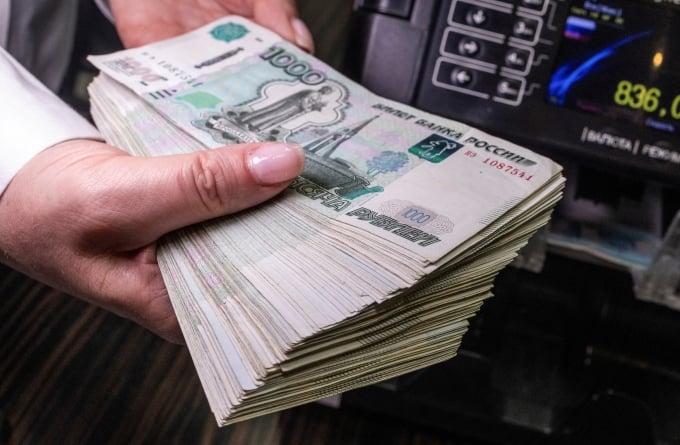
An employee holds 1,000 ruble notes at a bank in Moscow, Russia. Photo: Reuters
Still, Brent crude is currently trading at $82 a barrel. Russia’s Urals is also trading around $74 and shows no signs of falling. The Russian Finance Ministry even forecasts an additional $20 billion for the NWF this year.
Even with an oil price of $60 a barrel, Russia still has a financial buffer for many more years, said Dmitry Polevoy, chief investment officer at Astra Asset Management.
NWF invests in many channels, such as depositing money in state-owned banks, buying stocks, bonds and other investment projects... with a total value of nearly 79 billion USD. These assets are classified as highly illiquid. However, the Russian Finance Ministry said that they can use these assets to raise capital from the central bank.
“This does not mean that we cannot use this asset class in the short and medium term. The NWF will always receive rubles from the central bank, regardless of the state of the assets,” Polevoy said.
In December 2023, Russian Finance Minister Anton Siluanov said the country was not prepared for a scenario where the NWF would reach zero and there would be “no penny in the reserves.” “If the NWF balance decreases, we will think of other ways to balance the budget,” Siluanov said, referring to spending cuts.
Elina Ribakova, a researcher at the Peterson Institute for International Economics, also believes that Russia is unlikely to run out of reserves. Since 2014, Moscow has been working to reduce its budget deficit and move away from relying on oil revenues.
"They have done a lot to strengthen their finances, to avoid being dependent on pressure from the West. Oil at $80 is a good base for Russia. If it goes to $60-70, they can start to feel the impact. But we cannot talk about a crisis if Russia can still sell oil at $60 or more," she said.
Ha Thu (according to Reuters)
Source link



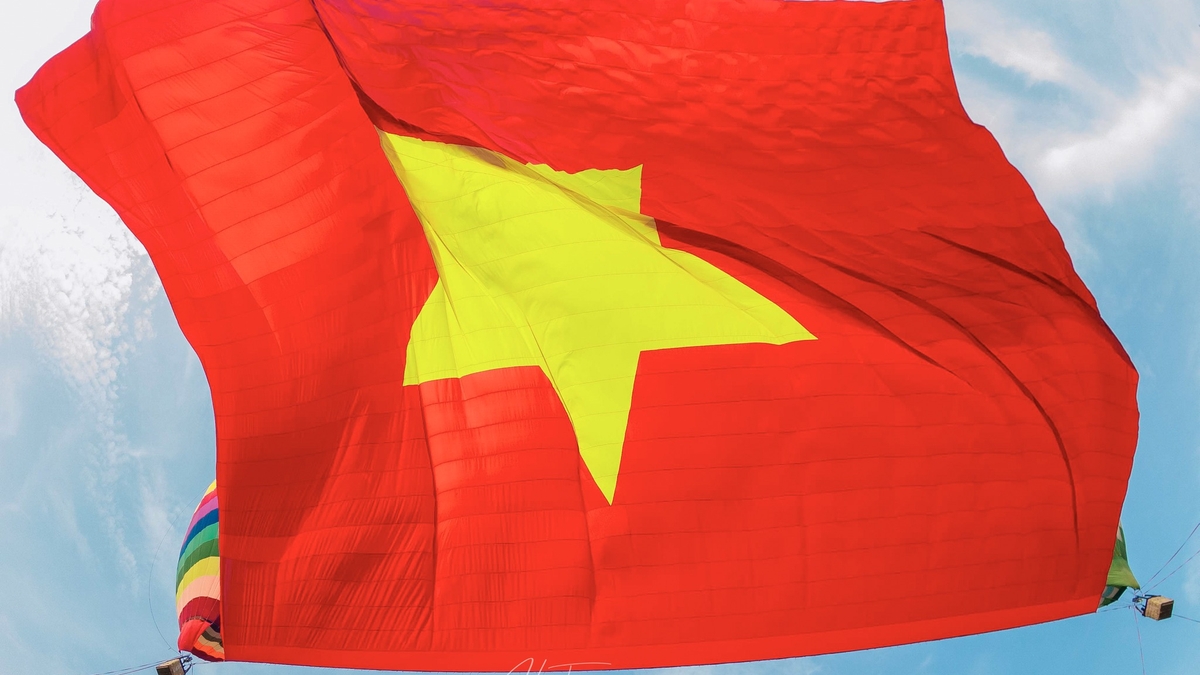

![[Photo] Prime Minister Pham Minh Chinh inspects the progress of the National Exhibition and Fair Center project](https://vphoto.vietnam.vn/thumb/1200x675/vietnam/resource/IMAGE/2025/5/19/35189ac8807140d897ad2b7d2583fbae)


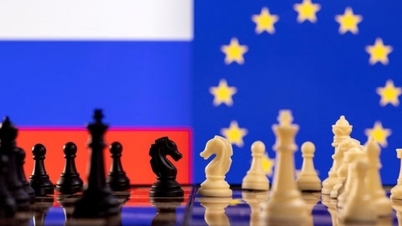


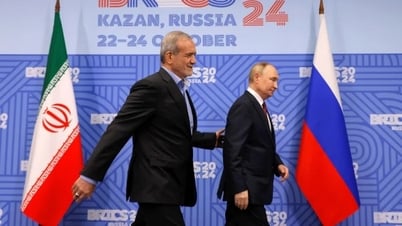


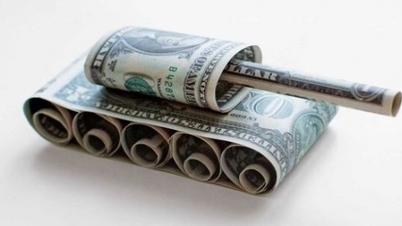
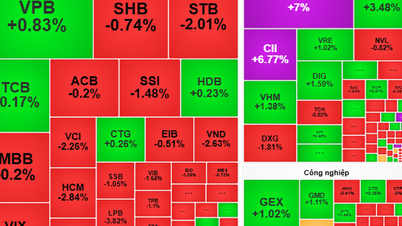






































































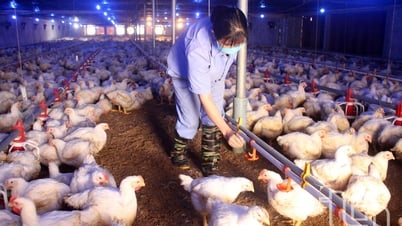





![[VIDEO] - Enhancing the value of Quang Nam OCOP products through trade connections](https://vphoto.vietnam.vn/thumb/402x226/vietnam/resource/IMAGE/2025/5/17/5be5b5fff1f14914986fad159097a677)







Comment (0)